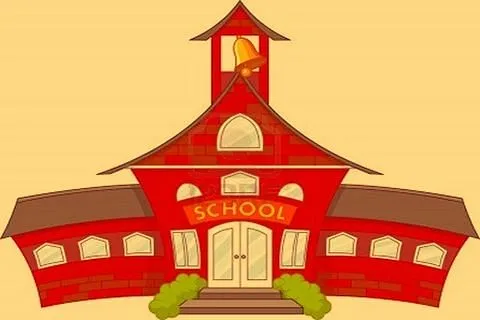The future of the nation is shaped by good classrooms and effective schools. The school education department has recently issued guidelines for the constitution of school complexes given the fact that complexes are vital for school management and development. The base line of guidelines is Efficient Resourcing and Effective Governance through school complexes/clusters.
The NEP2020 has envisioned the effective use of resources to meet out the dearth of resources and sharing of expertise in various schools keeping in view the shortage of staff and other resources.
The concept was mooted in view of good structure, infrastructure and allied facilities at high school level and higher secondary level as most of such schools have separate laboratories, libraries, ICT labs and other human resources which is not found in case of primary/upper primary schools in Jammu and Kashmir.
In order to ensure the fundamentals like basic facilities, human resources, technological resources for primary and middle schools, school complexes and clusters were proposed by a group of schools for support and training of staff.
These institutions shall work cooperatively for the improvement of their requirements for educational system and its standard. It will help the schools to get equal educational facilities and experiences by sharing with constituent schools.
These schools will get academic and administrative support from nodal schools. The schools falling in complexes will jointly arrange various curricular and co curricular activities to flip the exposure avenues for students who otherwise remain confined to particular schools which hinder their holistic development.
Sharing and exchange of resources will upgrade the standard of schools. The complexes will ensure an adequate number of teachers for teaching all subjects including art, science, sports, languages, vocational subjects etc., It also includes improved support for children with disabilities, use of ICT tools to conduct virtual classes.
The adequate resources shared such as library, science labs, computer labs, tinkering labs, skill labs, arts/crafts events, play grounds, sports equipment and facilities, etc., will be across the school complexes.
A sensible community is built to overcome the isolation of teachers, students, and schools, through joint professional development programmes, the sharing of learning content will also be done. The complexes will hold joint activities such as art and science exhibitions, sports meets, quizzes and debates.
The school system will be developed by joint decisions by various stakeholders at complex head, taking on board the role of SMDC committees and parent teacher meetings.
Joint mechanisms will be chalked out to contain the dropout rate and out of school children will be tracked and brought back. The joint director of school education shall be responsible for overall working of the school complex and the senior most principal of higher secondary of that area will be Head of the complex and shall be accountable for overall academic activities of the complexes and clusters.
The school complexes shall analyze the subjects within the complexes and recommend the subjects prescribed in the schools. The committee shall conduct academic inspection of all the schools within the complex which will boost the monitoring and progress of schools besides demands of the schools will be redressed promptly.
The committee shall be responsible to strengthen the schools and their relationship with other schools and complex will facilitate and coordinate efforts to improve the quality education by innovative methods of teaching learning and shall formulate a plan.
The complex will focus mainly on school resources to strengthen the school system and structure for affordable and quality education to all. The committee will take periodical reviews to improve the system.
The NITI AAYOG in consonance with NEP 2020 has set benchmarks for schools to achieve quality indicators and goals. For this purpose aspirational district Kupwara has embarked upon to improve the school structure in Jammu Kashmir UT.
The Kupwara took lead by implementing the pilot project ZIMADARI. The project aims to reform six thematic areas in schools which constitute academics, basic infrastructure, human resource development, co-curricular activities, extracurricular activities, social and emotional learning.
The zimadari project is aimed towards an accountable system for holistic development of school.
The zimidari project aims to assess the 85 indicators for school development and after assessment schools will be categorized and ranked to develop competitiveness among schools in complexes and districts.
The ranking shall have four point scale ABCD, with identifiable performance based colors – green, yellow, orange and red. These colours which indicates excellent, good, average and poor performances respectively.
The ranking will also be determined on the basis of Planning of school, Monitoring, Management, Supervision, Reporting, and Assessments of all school data. So in the backdrop of these indicators the school complex shall play a pivotal role in the improvement of schools.
DISCLAIMER: The views and opinions expressed in this article are the personal opinions of the author.
The facts, analysis, assumptions and perspective appearing in the article do not reflect the views of GK.






